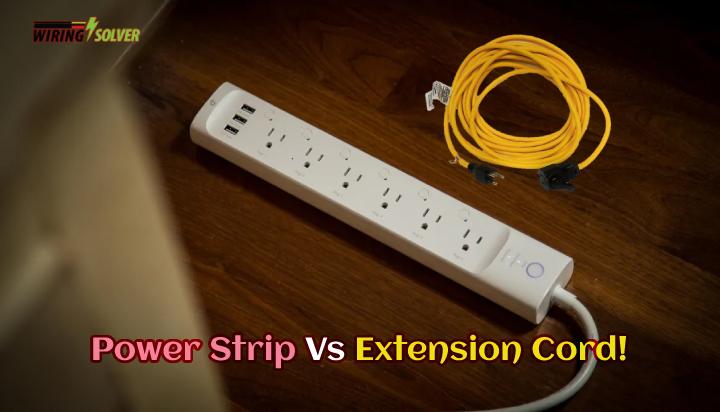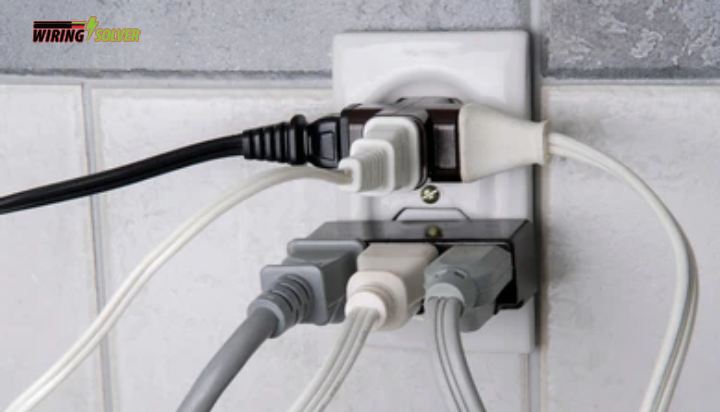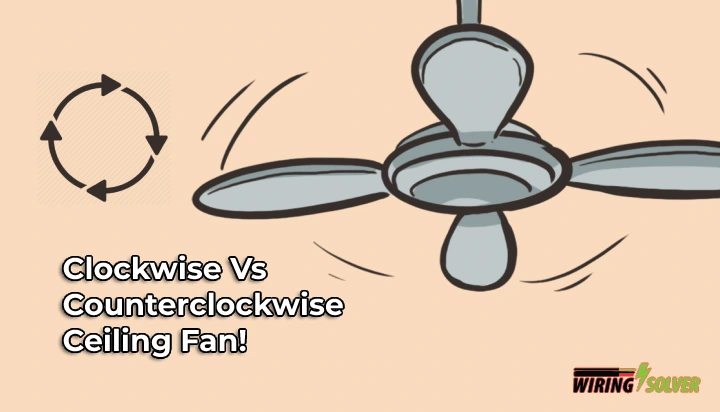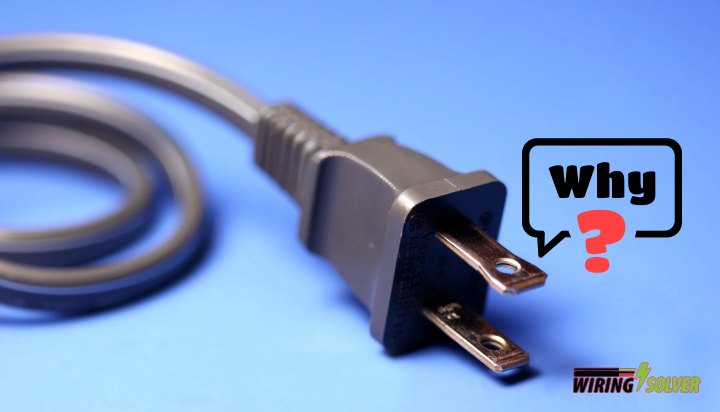Power distribution within a facility or building, is controlled by electrical control systems called switchgear and switchboards. Although they may appear to be comparable, there are some significant variances between the two.
Switchgear and switchboards differ primarily in size and the volume of managed electrical equipment. In industrial and commercial contexts, switchgear is utilized to regulate high-voltage electrical systems.
Considering their similarities, switchgear and switchboards have varied uses and are employed in many kinds of electrical systems. This article discusses the difference between these two with their work procedures.
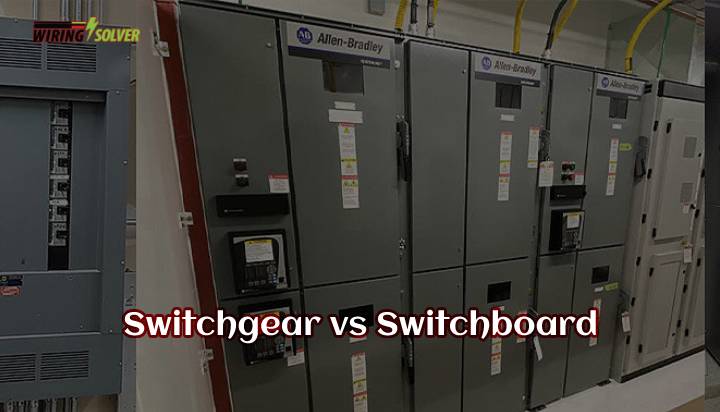
Switchgear vs Switchboard: Quick Comparison Table
Let’s look at the differences between the Switchgear and Switchboard in the table below:
3-Way VS 4-Way Switch
Features | Switchgear | Switchboard |
Components Used | Protection switches like-relay, circuit breakers etc. | Panels, switches and some meters |
Purpose of use | Giving protection to various electrical items | Control the various circuits from one single place through the switchboard |
Voltage level | Used in low, medium or high voltages | Used in voltages up to 600V |
Cost | Higher than switchboards | Lower than switchgear |
Existence of indicators or meters | Maybe or maybe not | Yes |
Application | In any kind of place where electrical device or line is present | In places where large number of electrical devices are controlled or monitored from a single place |
Types | Air-insulated, gas-insulated, and oil-insulated switchgear. | Main switchboards, sub-switchboards, and feeder switchboards. |
Maintenance | Regular maintenance and testing to ensure proper operation and safety. | Regular maintenance. |
Safety Features | Fuses, circuit breakers, and ground fault protection. | Fuses and circuit breakers. |
Installation | Switchgear requires a larger installation space due to its size and complexity. | Switchboards require a smaller installation space. |
Life Expectancy | Switchgear has a longer life expectancy than switchboards. | Switchboards have a shorter life expectancy compared to switchgear. |
What Are the Differences Between Switch Gear and Switchboard?
Switchgears are kind of switching devices that adds protection to electrical components. They protect the devices by monitoring the electricity and cutting off the line when there is any abnormality.
On the other hand, a switchboard is like a panel where the main power supply is connected and then distributed to various circuits by dividing the power into portions or as a whole. It is mainly a control board.
Size
Size is one of the primary distinctions between switchgear and switchboards. For handling high-voltage electrical systems, switchgear is often bigger and more powerful than switchboards.
Switchboards are used to manage low-voltage electrical systems and are more compact.
Switchgear is often used in larger industrial or commercial structures and facilities, where it is utilized to regulate high-voltage electrical systems that range in voltage from medium voltage (1 kV to 38 kV) to high voltage.
Switchboards are usually used in smaller homes and businesses, where they are used to manage low-voltage electrical systems with a range of 110 to 600 volts.
The size of this sort of electrical equipment tends to be smaller, and it is frequently found on a main electrical panel or distribution board.
Applicable Voltage Level
Switchgears can be used in low, medium and high voltages. There are various types of switchgears for various current level. These are very important in protecting high voltage devices.
Switchboards are used up to medium voltages, mostly up to 600 volts. It serves the circuits with the correct amount of current they need. Switchgears are also present in switchboards for protection against faults.
Components Used
Switchgears contain relay, circuit breakers, fuse, CT, PT etc. These devices have different power levels of application. You need to choose the right one for the right voltage and power.
Switchboards have panel or frames to hold the indicators and switches. There are indicators like synchro scope, frequency gauges, ammeter, voltmeter, watt meter etc. Switchboards also have busbar built within. There are also switchgears present for protection.
Switchgears offer better protection than switchboards. Though their purpose is like that. Switchgears also give you the flexibility of using it at any voltage. So, I would say they have the upper hand in terms of protection.
Cost
Switchboards have almost the same mechanism as switchgears. Though, switchboard costs quite a lot but not as expensive as switchgears as there are more manually controlled switches found in a switchboard.
On the contrary, switchgears are more flexible and robust with automated protection given. This makes them more expensive than usual switchboards.
Though switchgears are costly, I would still pick them in case of the protection system of a heavy or medium voltage device.
They give instant protections. Even house and offices are equipped with switchgears nowadays including a switchboard for the whole unit.
Reliability
Switchboards are manually controlled. They just provide the correct amount of current for the circuits with the help of a controller. They will just ensure the correct provide of power.
Switchgears give you the ultimate protection. Hazards come without saying. There can be faults or leakages anywhere in the circuit. Switchgear always comes first in terms of reliability.
For a reliable and safe power usage, I will always suggest switchgears over switchboards.
Maintenance
The types of equipment that switchgear and switchboards include are one of the key distinctions between them in terms of maintenance.
Typically, switchgear incorporates high-voltage components like circuit breakers and transformers, whose upkeep calls for particular knowledge and safety procedures.
Lower voltage equipment like fuses and circuit breakers that are simpler to maintain and do not need as much specialist training is generally found in switchboards. The quantity and timing of maintenance is another variation.
The high voltage and huge currents that switchgear handles may necessitate more regular maintenance, whereas the lower voltage and smaller currents that switchboards manage may necessitate less frequent maintenance.
Frequently Asked Questions (FAQs)
1. Can I Connect a Device Without Switchgear?
Yes, you can but there will be no protection against any kind of faults or error. So, there will be a chance of device failure.
2. What Are the Purpose Of Switchgear And Switchboard?
Switchgear works to protect the electrical appliances from any surge or faults. While a switchboard redirects the main current supply through many controllable switches and panels.
3. What Is the Difference Between Switchgear and Control Gear?
Switch gear consists of protective devices like relay, fuse, circuit breakers, CT, PT etc. to protect a device from hazards. While control gear contains contactors, time clock, switches, relays, overload, PLC etc.
Summary
Both switchgear and switchboards are electrical control systems used to distribute and regulate the flow of power in a building or facility. You might have to choose one over the other depending on the type of application.
It’s critical to select the appropriate system for the unique electrical requirements of a building or facility since switchgear and switchboards each have unique installation requirements and work methods.


